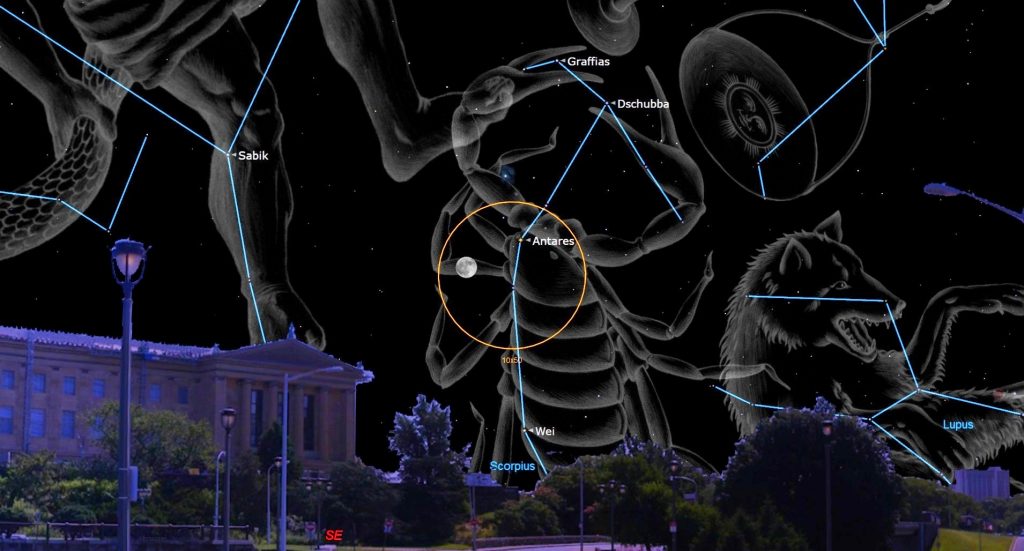A Post-Midnight Moon and Pre-dawn Planets, Brilliant Venus Heads Home, Mars Flees the Bees, and Glancing at Globulars!
This image of Messier 13 in Hercules, the father of all globular star clusters visible from the Northern Hemisphere, was captured by Martin Pugh. Hundreds of thousands of stars, 25,000 light-years away from the sun, are arranged in a sphere by their mutual gravitational attraction. M13 is visible as a faint fuzzy patch to the…
Read more









